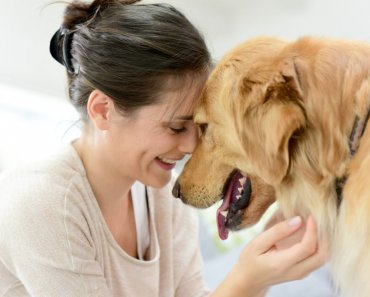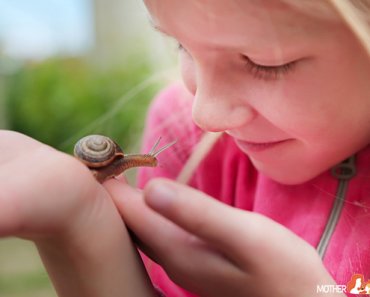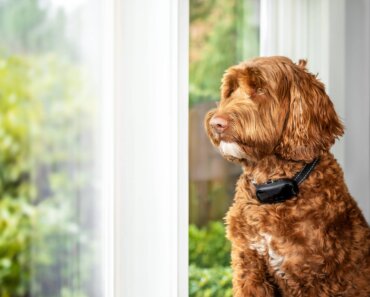Whether you’re ready or not,
colder temperatures are just around the corner. From clothing and accessories
to blankets and heating devices, Freshpet vet, Dr. Aziza, shares the best ways
you can help your pet transition into colder temperatures.
How does cold weather affect dogs?
The holiday season is approaching and that comes with cold weather. I admit that this is my favorite time of year, but for some of my patients, it causes new or re-emerging problems to arise. Cold weather can affect your dog in many ways:
- Osteoarthritis: Like humans, dogs can develop arthritis. Although it
typically occurs in older dogs, arthritis can develop in dogs of any age. Cold
weather can make arthritis worse, causing your dog to have difficulty jumping,
walking, sitting, or standing. It can also cause restlessness, even during
sleep.
- Cracked and
swollen paws: The cold weather and
other factors – like salt used for deicing roads – can cause your dog’s paws to
become cracked and swollen. This can lead to an infection as dogs will start to
lick their paws in an effort to ease the pain and discomfort.
- Weight gain: Sometimes the cold weather prevents typical exercise for
dogs, like walks, especially in areas where there is a lot of snow. If dogs
have less exercise but still maintain the same caloric intake, then there is
usually weight gain. Unfortunately, unwanted weight gain can lead to other
problems such as worsening osteoarthritis or developing diseases like diabetes
mellitus.
- Anxiety: If your dog loves certain activities like swimming or
hiking which are no longer available to them due to inclement winter weather,
then anxiety and frustration can start to show.
- Frostbite: Dogs that venture out into cold weather and are not properly clothed can get frostbite or damage to the skin and other tissues. Dogs with short coats (or hairless) are especially susceptible to cold weather versus those with thick coats.
- Hypothermia: Cold weather can cause very low body temperature or
hypothermia. This can lead to difficulty breathing, decreased blood flow, even
a coma.
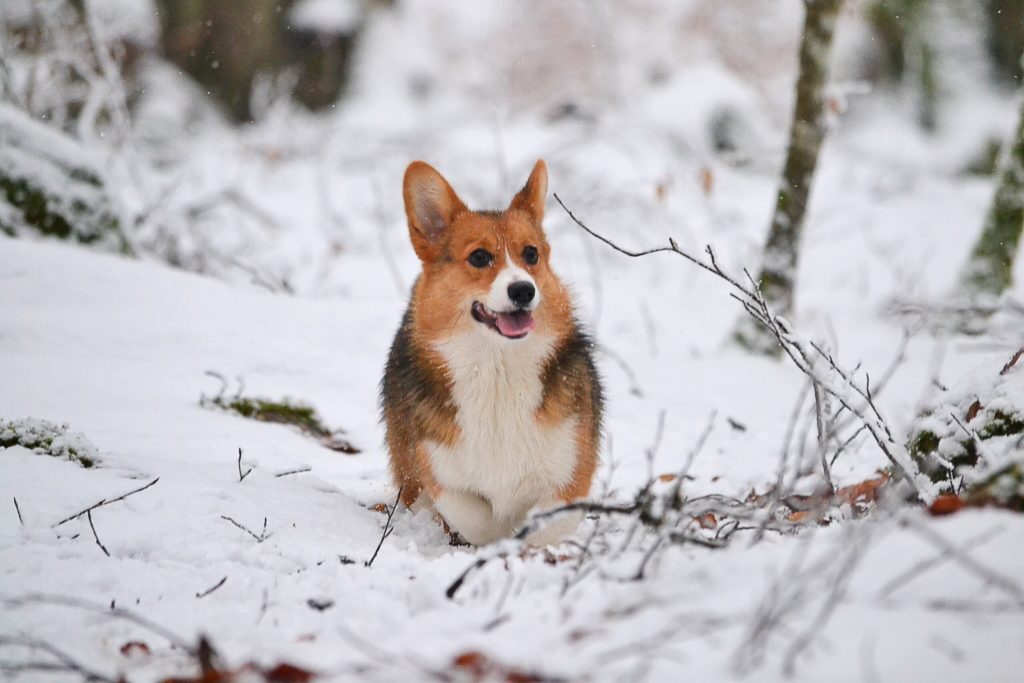
Can dogs handle cold weather better than humans?
The answer to this question is…it depends. Some dogs seem to be built for cold weather – they have big paws, thick fur with a great undercoat that not only keeps them warm but also repels water. For the most part, these dogs don’t need a lot of cold-weather clothing or booties and often love nothing more than a good play session in the snow. In other words, these dogs definitely handle cold weather better than humans, but that doesn’t mean that all dogs can.
Is it safe to walk dogs in the snow and how long can they
stay outside?
Yes, it is safe for dogs to walk
in the snow. However, if your dog is going to walk in the snow for a prolonged
period, they should have appropriate cold-weather clothing. Shoes will protect
their paws from the cold and other possible irritants like deicing salt and
jackets will give them an extra layer of warmth, especially for those with
short or no hair.
As far as how long they can stay outside, this highly depends on the dog’s temperature and breed, and anatomy. I would say to err on the side of caution and be conservative on the time you allow your dog to enjoy the cold weather.
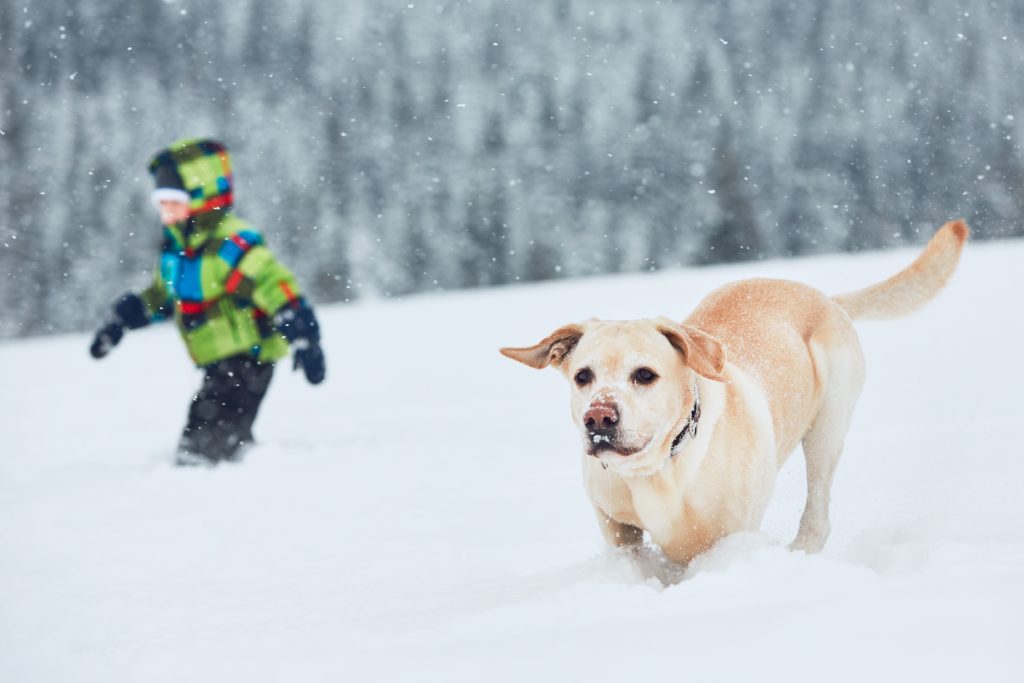
How do I know when my dog is cold and should they be
wearing a coat?
There are several signs to look
out for if your dog is cold. A cold dog can be seen shivering or have
difficulty breathing, often taking shallow breaths. They may also appear very
tired, their muscles may seem stiff and their skin can look pale. If your dog
displays any of these signs while they’re outside or if you suspect that they
will, it’s strongly recommended that you get them a winter coat.
When choosing a winter coat for
your dog, make sure that it is the proper size to avoid restricting their
breathing or causing general discomfort. If you’re not sure which size to get,
review the company’s sizing guide or reach out to their customer support team.
Why are my dog’s paws irritated when it snows and what
can I do to combat it?
Your dog’s paws may be sensitive
to cold temperatures. Sometimes ice forms around the paws and between the toes
leading to irritation and even abrasions. Additionally, your dog’s paws may be
irritated from other chemicals mixed in with the snow, like deicing salts.
To avoid these issues, make sure your dog is wearing appropriate booties and they are the correct size. If your dog walks in the snow without booties, make sure to wipe the paws afterward with a towel and keep the time outside as short as possible.
Do dogs need blankets?
Blankets are great for dogs that
need a little extra warmth. Overall the need is determined by the temperature
in their home environment. All dogs can benefit from blankets in some way or another,
for example, snuggle together under one while watching their favorite winter
movie!
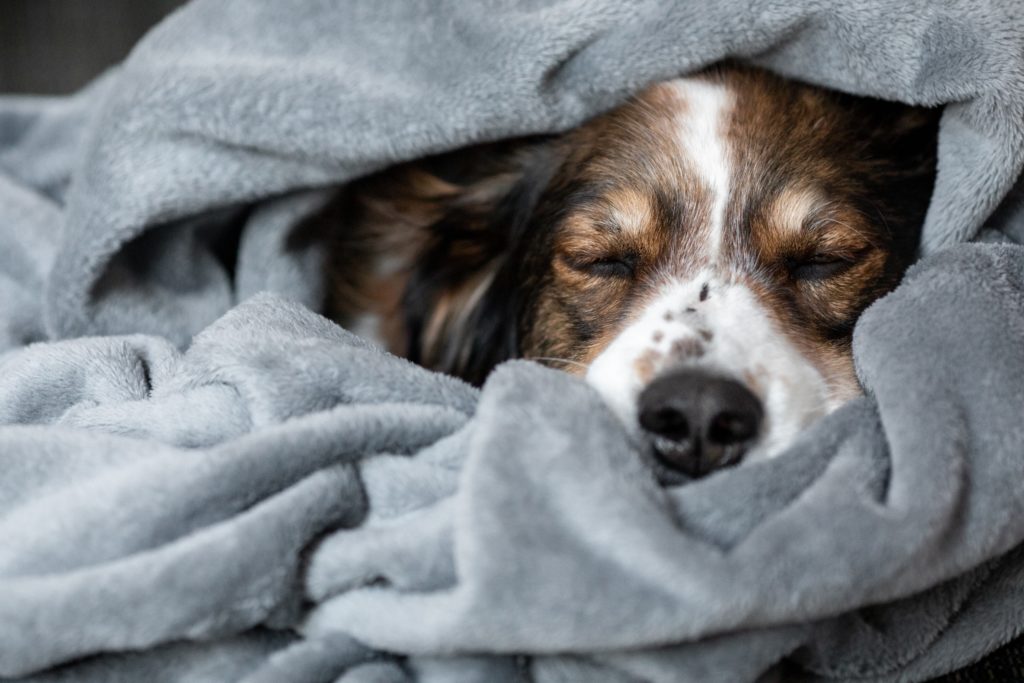
How can I provide extra warmth to my dog while in the
house?
If you think your dog still
needs some more warmth, there are a few things you can do to make them more
comfortable:
- Personal space
heater: Safely place a space heater
in the area your dog likes to rest – just make sure that it’s a model that is
safe for dogs and will not cause thermal burns if they touch it. Adjust the
settings as needed for your dog’s comfort, but if the heat is too high,
typically dogs will simply remove themselves from the source of the heat unless
they are physically unable to.
- Heating pad: Although heating pads or electric blankets are useful,
they can also be dangerous. It is very easy for dogs to get thermal burns from
heating pads so always be cautious. Make sure your dog does not have direct
contact with the pad. Always put several layers of blankets on top of the
heating pad before you introduce it to your dog.
- Fireplace: If you have a fireplace, use it, especially if it is
located in a family area of the home. This way, your dog can cozy up to the
heat and still keep a watchful eye on its family.
Have questions that Dr. Aziza
didn’t cover? Speak to your veterinary team! They’ll be able to help answer any
of your cold-weather inquiries.

